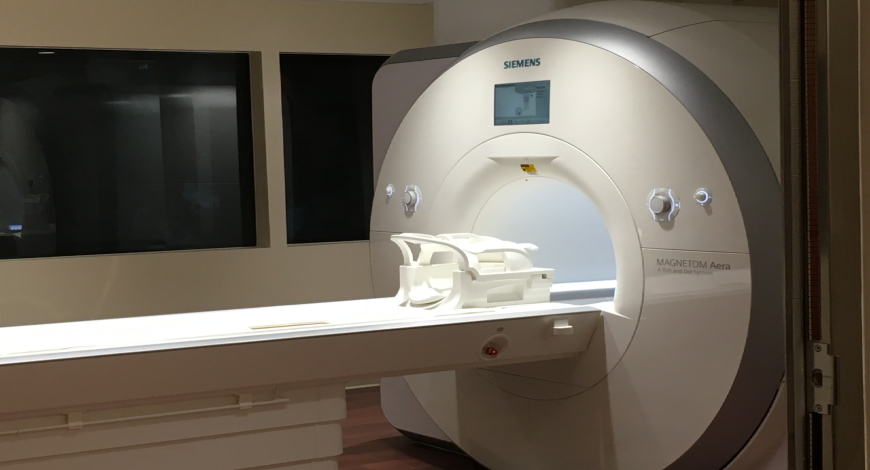Trends
MRI systems on moderate growth path

The global magnetic resonance imaging (MRI) system market is expected to reach USD 8.01 billion by 2027 from an estimated USD 5.85 billion in 2018, at a CAGR of 3.6 percent, predicts MarketsandMarkets. The key factors propelling the growth of the market are an increase in technological advancement, such as the inclusion of MRI with positron-emission tomography (PET) or computerized tomography (CT), to provide imaging possibilities with less exposure to harmful radiations, rising adoption of MRI in developing countries, and availability with rising adoption of universal health coverage in the developed and developing markets.
The current market is experiencing major technological advancements. The limits of the largest field strength of electromagnets in MRI has expanded beyond the conventional 1.5T–3T to a staggering 7T. This leap in technology has widened the application profile of MRI devices and is expected to further expand during 2019 to 2027. However, the use of refurbished MRI equipment is also widely preferred in the developing markets, due to its cost-effectiveness and easy availability. Moreover, the advancements in medical imaging devices have enhanced the diagnosis and treatment of cardiovascular diseases and cancer among other health conditions. Rising demand for minimally invasive treatment is leading to innovation in diagnostic imaging devices. Four advancements, such as accelerating processing speed, expanding the parameters of 3D and 4D, capturing images at the right place and at the right time, and automating workflow, are expected to increase the adoption of medical imaging during 2019 to 2027.
Significant increase in the number of public and private hospitals across countries, such as India and China, is boosting the demand for diagnostic imaging devices. There is an increase in the chances of treatment of chronic disorders when they are detected early. Therefore, the healthcare sector and government organizations in developing countries are focusing on the early detection of chronic disorders instead of spending on treatments. Additionally, government organizations are also conducting programs to create awareness for early diagnosis of chronic diseases, which is expected to further fuel medical-imaging market. Rising medial tourism, coupled with government initiatives in this region, is expected to boost the growth of MRI market during 2019 to 2027. On the other hand, high cost associated with MRI systems, maintenance, and servicing is challenging the growth. Furthermore, the depleting deposits of helium gas used for cooling down the MRI machine results in increased waiting time and reduced productivity. In addition, stringent regulatory framework resulting in delayed product approvals and frequent product recalls is augmenting the degree of challenges.
Lastly, the imaging market is highly competitive and consists of several major players. In terms of market share, only a few of the major players currently dominate the market. With technological advancement and quality service provision, mid-size to smaller companies are increasing their market presence by introducing new products with fewer prices. Companies like GE Healthcare, Philips Healthcare, Siemens Healthineers, and Canon Medical Systems hold a significant market share in the global MRI market.












